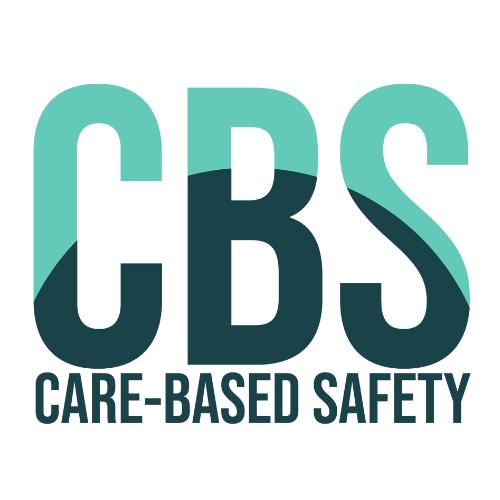Frequently Asked Questions
-
Why Growing Hope/Downtown Ypsilanti for the pilot?
We originally envisioned a pilot program spanning both Ann Arbor and Ypsilanti. However, when we did not receive Ann Arbor ARPA funds, we chose to focus fully on Ypsilanti for the pilot launch. After thoughtful discussion, we selected Growing Hope’s downtown Ypsilanti location as our base for several key reasons:
Central location: The site is within walking distance of the bus stop, the library, and nearby parks—areas where de-escalation or overdose response may be needed.
Community relationships: A core value of ours is to go where we are invited and where our partnerships are strongest. Local partners and community members have specifically encouraged us to be present in this area, which has experienced disproportionate policing in the past.
Safe and welcoming space: By offering services and programming here, we are creating opportunities for community members to rest, connect, and enjoy themselves without fear of surveillance or harassment.
Room to grow: We recognize the need for non-police crisis response across the city. As we secure more resources to hire and train additional responders, we aim to expand to other neighborhoods experiencing high levels of policing and unmet needs.
-
What is the plan for a program with a 24/7 phone number and dispatch?
Right now, we are focused on strengthening our capacity through the place-based pilot, while also building community with the activities and services offered at the site. Alongside this, we host seasonal workshop series designed to equip community members with skills to intervene, support one another, and thrive without police involvement.
We have also partnered with the Ypsilanti Downtown Library to host our Monday night rapid response sessions. These gatherings allow us to practice responding to real-time crisis calls, building the “muscle” of being contacted and showing up to provide care.
Our long-term goal remains the creation of a full mobile crisis response program: one where community members can call a number, have a team dispatched to their location, and receive support that includes on-site response, after-care, and follow-up.
In the meantime, we are listening closely to community feedback, which has consistently affirmed that starting small and being present is better than waiting until everything is perfected. Guided by this, we are committed to running our pilot programs with love, dedication, and responsiveness to community needs.
-
Why is CBS doing community building? What does that look like?
During the community listening sessions that shaped Care-Based Safety’s design, one theme was clear: effective crisis response must be rooted in relationships. Community members stressed that response without trust would not work. We are committed to honoring that guidance.
Community building, for us, looks like:
Building trust at our response sites: Showing up consistently and engaging with community members in ways that foster connection and mutual care.
Offering free skill-building workshops: Covering topics such as de-escalation, overdose reversal, and basic wound care, so community members are equipped to support one another.
Balancing response and relationship: From the start, the program was designed with a 50/50 model—half response, half community building—based on community input. We remain committed to that balance.
By investing in both response and relationship, we are laying the foundation for care that is sustainable, trustworthy, and truly community-driven.
-
Is community-led response dangerous? Does working alongside the police make for a safer model?
We believe the safest and most effective crisis response is community-led and independent of law enforcement. National data reinforces this: according to the National Alliance on Mental Illness (NAMI), people with mental illness are over 10 times more likely to experience use of force in interactions with police, and nearly one in four fatal police shootings (2015–2020) involved someone experiencing a mental health crisis.
When people call for help, they deserve a response that centers care, compassion, and dignity—not one that risks criminalization or violence.
Some may worry that community-led response is dangerous for responders. We see it differently: models involving weapons or responders without training in mental health first aid and de-escalation are far more dangerous for those in crisis. Our approach prioritizes training, compassion, and flexibility—empowering responders to use their judgment and adapt to each situation, rather than relying on a one-size-fits-all law enforcement response.
Our goal is not only to keep responders safe, but to ensure that community members in crisis receive care that honors their humanity.
-
Why do you use a peer-responder model?
We believe the people already caring for their neighbors every day are the ones best equipped to respond to crises. True response is not just stepping into a crisis and leaving—it requires trust, relationships, and ongoing care. Peers bring that in ways government agencies and state systems often cannot.
Community members are already helping one another survive around the clock, without outside support. Our role is not to replace or disrupt that work, but to strengthen it. By uplifting peer responders—and providing the training, tools, and funding they need—we are building on existing networks of care and ensuring safety is sustained from within the community.
-
How can I learn more?
Volunteering, response, programming, and events: Email amalo@carebasedsafety.org and/or sheriw@carebasedsafety.org.
Operations, fundraising, or press inquiries: Email lizk@carebasedsafety.org.
Need something not listed here? Email info@carebasedsafety.org

